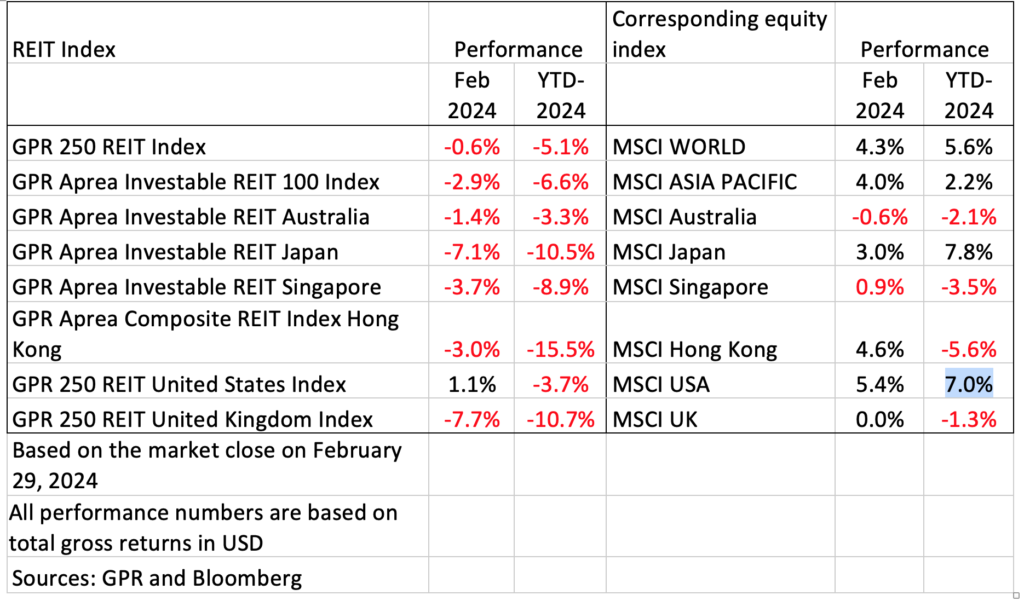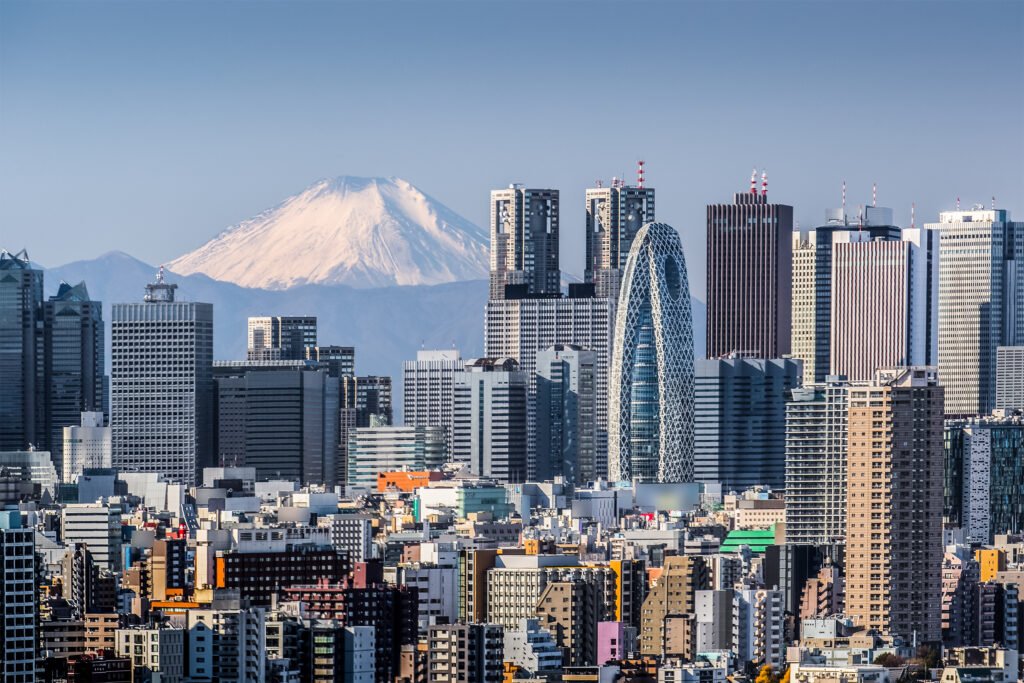Development Plans Continue In Japan’s Real Estate Market
September 15, 2020 – While Japan’s hotel and retail sectors continue to suffer under movement restrictions caused by COVID-19, plans for mixed developments in some districts indicated some signs of optimism in the market.
In its September issue, the Nikkei Real Estate Market Report said, while the virus has tamed economic activity, some developers are continuing with building plans.
In the Sakae area, for example — a traditional bustling area in Nagoya, three major projects are underway despite pandemic threats.
Hisaya-odori Park, which is an integration of Hisaya-Odori Park and retail stores, is set to open this September 2020. The project includes approximately 35 low-rise retail stores standing in line on about 54,000 square meters of the site. The city positions this park as a central facility that spreads the bustle to the entire Sakae area, Nagoya’s commercial hub.
Sakae Square and its surrounding area are also being developed with mixed-use facilities consisting of retail stores, offices and hotels. A building with 36 floors above ground and four below, making up a gross floor area of 99,500 square meters, is expected to be completed in 2026.
There are also plans to rebuild the ChunichiBuilding and Nagoya Mitsukoshi Sakae Store. The former will have 31 floors above ground and four below with a gross floor area of approximately 113,000 square metres, and completion is slated for fiscal 2024. The latter will have 34 floors above ground, and four below with a gross floor area of approximately 130,000 square meters and will consist of retail stores operated by Nagoya Mitsukoshi, offices, convention facility and hotels. Completion is slated for 2029.
“If a lively atmosphere is created through large developments, it would be a major factor in revitalising the retail market in Sakae after the end of COVID-19,” CBRE Nagoya Retail Services team Director Noriyuki Kawamoto said.
Right now, however, the retail sector continues to be among those affected by travel and movement restrictions due to the pandemic.
From April to May, when Japan came under a state of emergency, sales at major department stores in the city decreased by more than 60% to 70% year-on-year. Although it turned to recovery in June, it was still down 18% year-on-year.
Drugstores, in particular, were hit hard by the pandemic as sales drop. “Sales were sluggish due to the loss of almost all inbound tourists and other reasons,” Tsuruha Holdings said, after being forced to close the Tsuruha Drug store along Mikura-dori Street in Sakae 3-Chome only three years after its operations.
Rentals for prime drugstore locations are also falling. “Currently, the need for opening such stores has decreased, and no alternative tenants have appeared. As a result, rent levels are heading toward a significant decline” CBRE’s Kawamoto said.
Hotels are also still reeling from the tourism halt in the region. According to a survey by hotel consultant Horwath Asia Pacific Japan, the average occupancy rate of guestrooms in 39 hotels in Nagoya City in May was 11.7%. It recovered to 24.9% in June but was far below 80.1% in the same month of the previous year.
Meanwhile, the impact of COVID-19 has had limited impact on the office rental market.
According to Miki Shoji Company Limited, the average vacancy rate in Nagoya’s business areas was 2.83% as of June. It increased slightly by 0.74 percentage points from the previous year.
Nikkei further reported that even in CBRE’s survey, low-level vacancy rates were maintained: 1.4% for buildings of all grades and 1.2% for Grade A buildings. There are also no signs of decrease in rent levels so far due to the impact of COVID-19.
Related News
Japan, S’pore REITs Outperformed Equities; Mitsubishi Estate Logistics, Keppel DC Up




